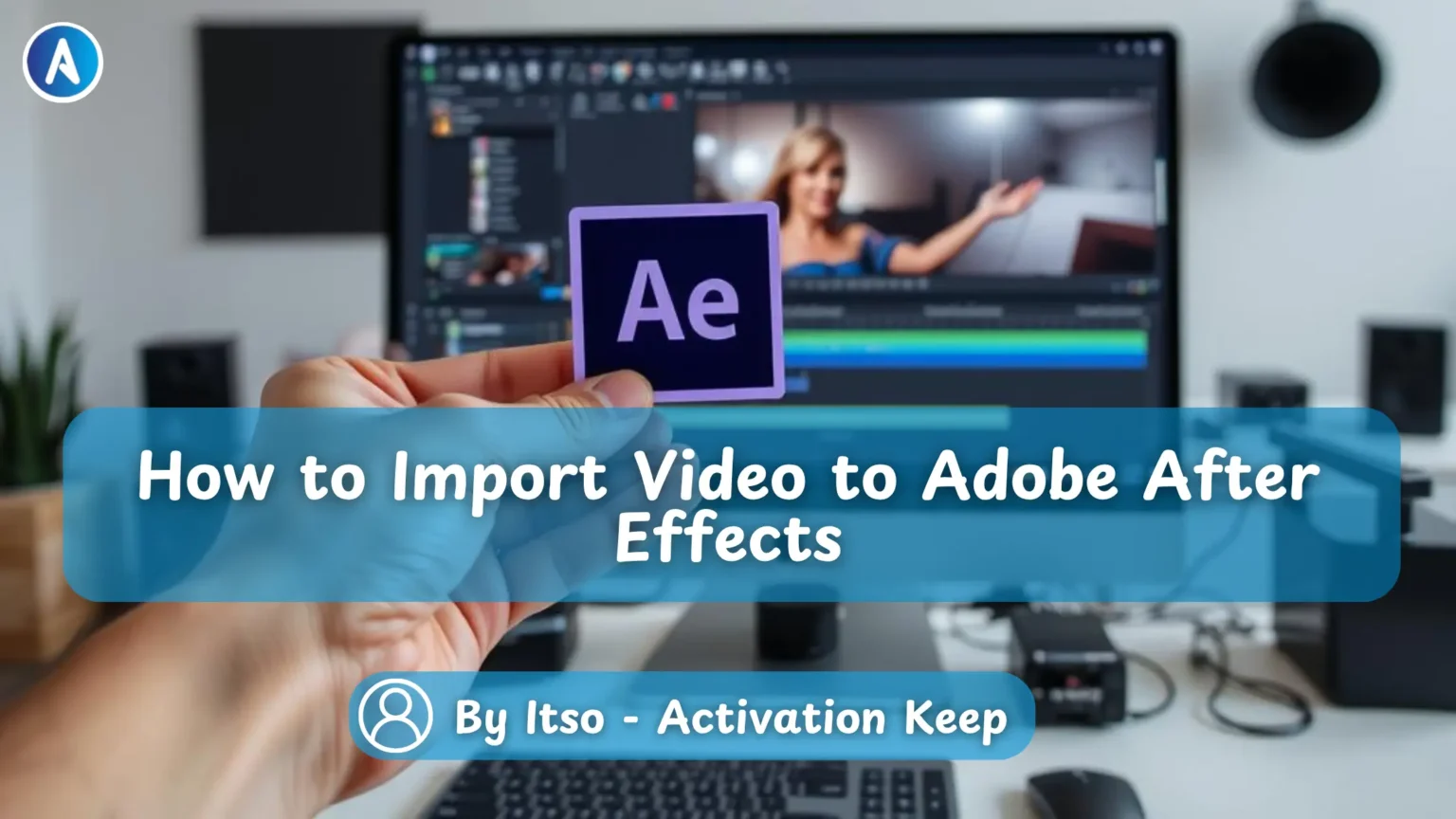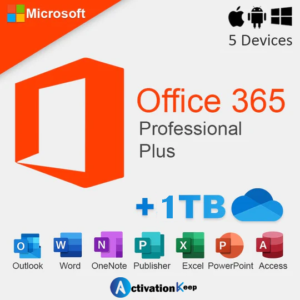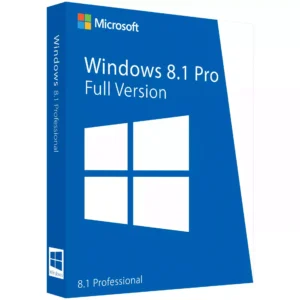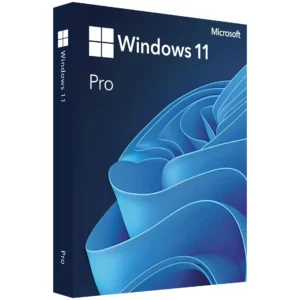
Importing video into Adobe After Effects is a fundamental step in creating stunning visual effects and animations. Whether you’re a professional or a hobbyist, understanding how to correctly import your video files is crucial for a smooth workflow in video editing and motion graphics.
The process of importing video into this powerful tool can seem daunting at first, but it’s a skill that can be easily mastered with the right guidance. Correctly importing your video ensures that your project starts on the right foot, allowing you to focus on the creative aspects of your work rather than troubleshooting import issues.
Before diving into the world of video editing with Adobe After Effects, it’s vital to grasp the basics of importing video files. Understanding these fundamentals will help you work more efficiently and effectively with your video projects.
Adobe After Effects stands out for its advanced video processing capabilities, including motion tracking, keying, and visual effects. Its ability to integrate with other Adobe Creative Cloud apps makes it a powerful tool for professionals. With features like 3D rendering and animation, After Effects offers a comprehensive solution for video editing and post-production.
Adobe After Effects supports a wide range of video formats, including MP4, AVI, MOV, and MPEG. For optimal performance, it’s recommended to use formats that are compatible with the software. The table below outlines some of the key specifications for supported video formats.
| Video Format | Resolution | Frame Rate |
|---|---|---|
| MP4 | Up to 4K | Up to 60fps |
| AVI | Up to 4K | Up to 30fps |
| MOV | Up to 4K | Up to 60fps |
To ensure optimal performance, it’s essential to prepare your video files correctly. This includes optimizing resolution, frame rate, and file size. For example, reducing the resolution or frame rate can significantly improve playback performance.
By understanding the basics of video importing and preparing your files accordingly, you can unlock the full potential of Adobe After Effects and achieve professional-grade video editing results.
To successfully import video into Adobe After Effects, setting up your project correctly is crucial. This involves making informed decisions about your project’s settings and workspace organization.
When creating a new project, Adobe After Effects provides a range of settings that can significantly impact your video importing experience. Key settings include composition resolution, frame rate, and duration. For optimal performance, it’s essential to match these settings to your video file’s specifications. For instance, if your video is in 4K resolution, your composition settings should reflect this to avoid downsampling or upscaling, which can affect video quality.
A well-organized workspace is vital for efficient video importing. Customize your workspace by arranging panels and windows to suit your workflow. The Project panel is where you’ll manage your imported assets, so keeping it organized is key. Use folders to categorize your files, and consider creating a pre-defined project structure to save time. Additionally, make use of the Workspace menu to switch between different layouts, optimizing your screen space for the task at hand.
| Setting | Description | Best Practice |
|---|---|---|
| Composition Resolution | Resolution of your composition | Match to your video file’s resolution |
| Frame Rate | Frames per second in your composition | Match to your video file’s frame rate |
| Duration | Length of your composition | Set according to your project’s needs |
To start working with video in Adobe After Effects, you first need to import it, and there are a few standard methods to do so. These methods offer flexibility and cater to different workflows, making it easier to start your project.

The import file option is a straightforward method for bringing video files into Adobe After Effects. To use this method, navigate to File > Import > File, and then select the video file you wish to import. This method is intuitive and works well for most video files.
For a quicker approach, Adobe After Effects supports a drag and drop method. Simply drag your video file from its location on your computer and drop it into the After Effects project panel. This method is convenient and saves time, especially when working with multiple files.
Adobe Bridge is a powerful file management tool that integrates well with After Effects. You can use Bridge to browse your files, preview them, and then import them into After Effects. To do this, open Bridge, locate your file, and then drag and drop it into After Effects or right-click and select Open With > After Effects.
For projects involving numerous video files, batch importing can be a significant time-saver. You can batch import files by selecting multiple files in the import dialog or by using Adobe Bridge to select and import multiple files at once. This feature is particularly useful for large projects, allowing you to organize and import all your assets efficiently.
By utilizing these standard methods, you can efficiently import video files into Adobe After Effects and start working on your project. Whether you prefer a straightforward import or a more managed approach with Adobe Bridge, After Effects provides the flexibility you need.
Elevate your video editing capabilities with Adobe After Effects’ advanced video import techniques, designed to streamline your workflow. These sophisticated methods allow for more complex video editing and manipulation, catering to the needs of professionals.
Importing video as a composition is a powerful feature that maintains the original file’s structure, making it easier to work with complex video projects. This method is particularly useful when dealing with multi-layered video files or when you need to preserve the original composition settings.
To import video as a composition, simply select the “Import As Composition” option during the import process. This will preserve the layers and settings of your original file, allowing for a more seamless editing experience.
Adobe After Effects integrates seamlessly with Adobe Premiere Pro through the Dynamic Link feature. This allows you to import and work on After Effects compositions directly within Premiere Pro, without the need for rendering or exporting.
Using Dynamic Link, you can make changes to your After Effects composition and have those changes reflected in real-time within your Premiere Pro project, enhancing your overall workflow efficiency.
When working with large or high-resolution video files, performance can become a significant issue. Using proxies is an effective way to improve performance by rendering and editing a lower-resolution version of your video.
After Effects allows you to create proxies for your video files, which can be used during the editing process. Once you’re ready to finalize your project, you can switch back to the original high-resolution files for rendering.

Effective project organization after importing your video is vital for maximizing the capabilities of Adobe After Effects. A well-structured project not only enhances your productivity but also simplifies the editing process, allowing you to focus on the creative aspects of your work.
The Project Panel is the central hub for managing your imported assets. To keep your project organized, it’s essential to understand how to effectively use this panel. You can create folders to categorize your assets, label them for easy identification, and even pre-compose elements to simplify your project structure.
Tip: Use clear and descriptive names for your folders and files to avoid confusion later on. This practice is especially helpful when working on complex projects with multiple assets.
Creating compositions from your imported videos is a crucial step in starting your project. A composition in Adobe After Effects is where you assemble your assets, adjust their properties, and animate them. To create a composition, simply drag your video file into the composition panel or use the ‘Create Composition’ button.
“The art of composition is not just about arranging elements; it’s about creating a narrative that resonates with your audience.” – Anonymous
Maintaining a tidy project structure is crucial for efficient file management. Here are some best practices to follow:
| Best Practice | Description | Benefit |
|---|---|---|
| Organize Assets | Group similar assets into folders. | Easy access to required files. |
| Descriptive Naming | Use clear and descriptive names. | Reduces confusion and saves time. |
| Clean Up | Remove unused assets regularly. | Improves project performance. |
By following these guidelines, you can ensure a smooth post-import workflow and maintain an organized project structure, ultimately enhancing your productivity and creativity in Adobe After Effects.
Importing video into Adobe After Effects is a crucial step in creating stunning visual effects and motion graphics. By understanding the different import methods and techniques, you can streamline your workflow and achieve professional results.
Throughout this article, we’ve explored the various ways to import video into Adobe After Effects, from basic import methods to advanced techniques. By applying these skills, you’ll be able to work more efficiently and effectively in your video editing projects.
As you continue to work with Adobe After Effects, remember that practice makes perfect. Experiment with different import methods and techniques to find what works best for you. With Adobe After Effects, the possibilities are endless, and mastering video importing is just the beginning.










At Activation Keep, we are striving to become the top online store for software, a one-stop shop for digital downloadable products
Activation Keep designed by Activation Keep LTD
© 2025 Activation Keep | Microsoft Certified Partner | Activation Keep LTD | Company N: 14725825 | – All rights reserved
